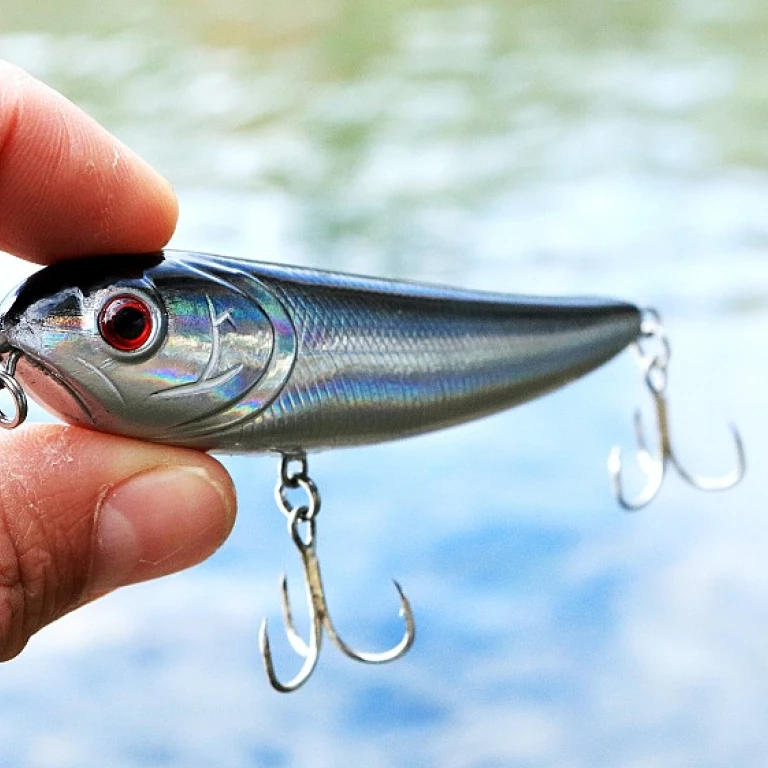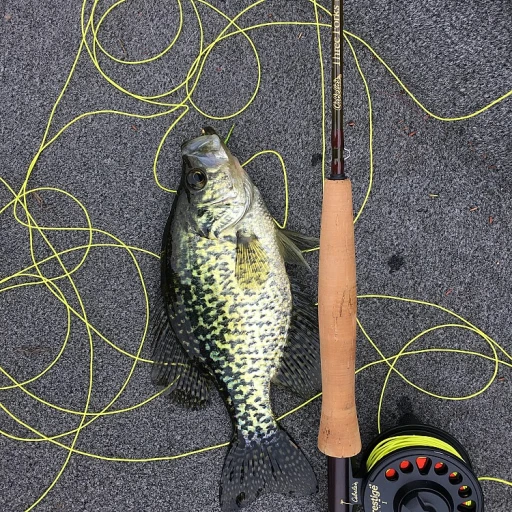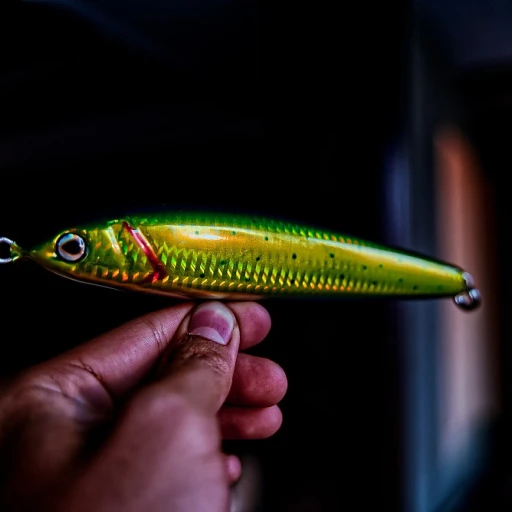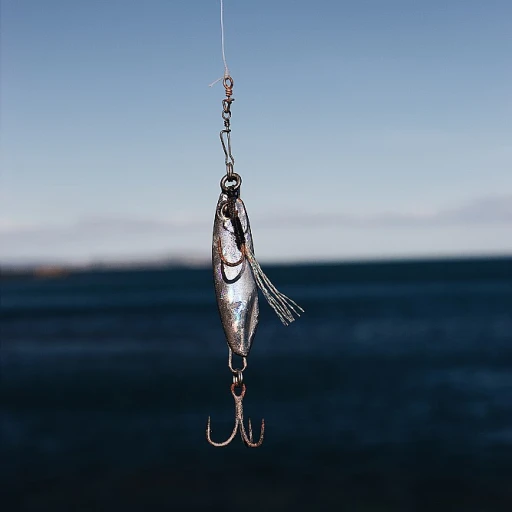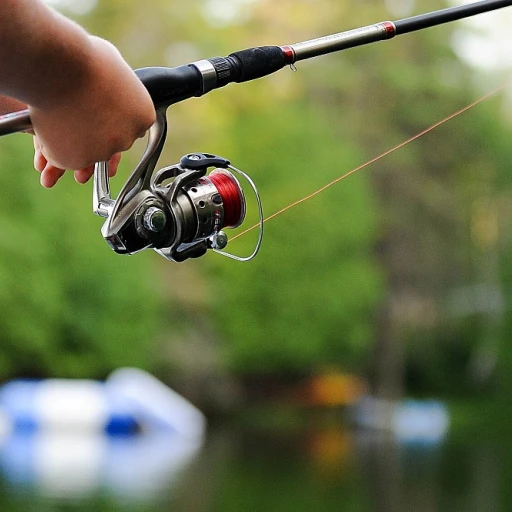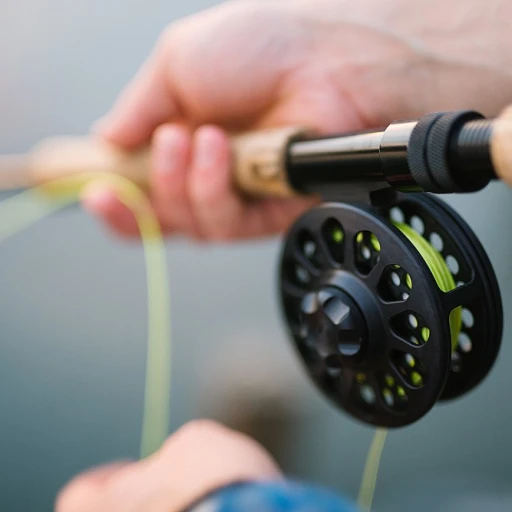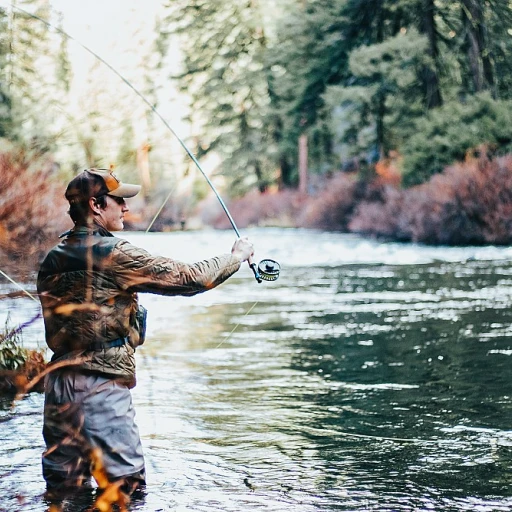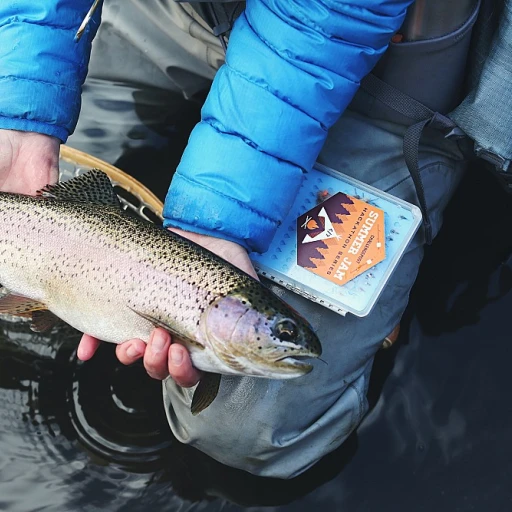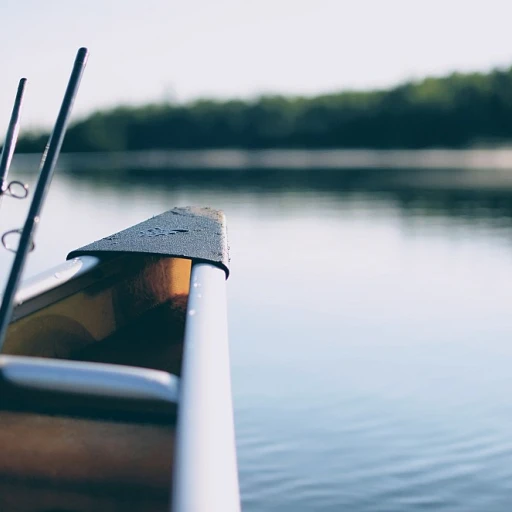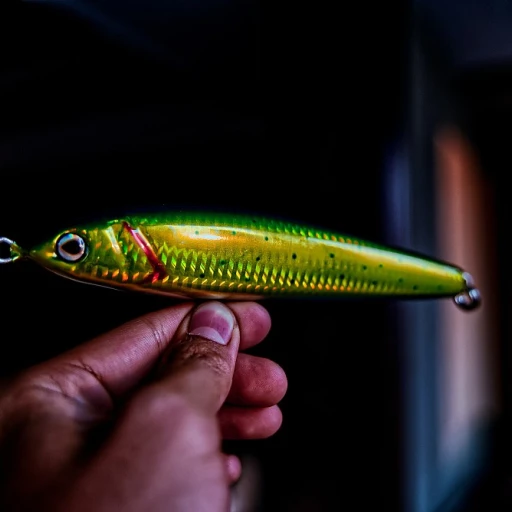
The Basics of Fly Fishing
The Art of Fly Fishing Unveiled
Fly fishing stands apart as a unique approach in the angling world. Distinguished by its use of lightweight artificial flies, it demands a certain finesse that appeals to many. The main goal is to mimic the natural prey of the fish, enticing them to bite. This method typically requires specialized gear, including a fly rod, fly lines, and a fly reel, which differ significantly from traditional fishing rods and reels. The technique primarily focuses on fly casting, which involves a graceful rhythm of casting the fly line overhead to place flies delicately on the water. This style of casting is integral to fly fishing and can vary based on conditions, ranging from the tranquil waters of trout streams to more turbulent environments. Fly fishing offers numerous benefits, the most significant being the connection it fosters with nature and the thrill of catching fish in stunning environments. As many fly fishermen will attest, the satisfaction of mastering the skill, alongside the joy of outsmarting fish, makes the endeavor worthwhile. Whether in pursuit of trout in a quiet stream or venturing into saltwater for larger species, understanding how to choose the right equipment can impact your success. Selecting the best fly rod suited for your adventure is crucial. For more insights and guidance on choosing the right fly rod for saltwater adventures can be invaluable. Exploring fly fishing introduces you to a community of dedicated anglers committed to conservation and environmental stewardship. Besides, it offers a transformative experience that stretches beyond merely catching fish; it becomes about harmonizing with the world around you.Understanding Regular Fishing
Spotlight on Regular Fishing
Regular fishing, often synonymous with spin fishing, offers its own unique charm and techniques. Unlike fishing with a fly, regular fishing involves casting bait or a lure using a spinning rod and reel. This method is popular among anglers due to its versatility and access to various fishing environments, from peaceful lakes to bustling rivers. Spin fishing is frequently chosen by those looking to catch fish across species, such as trout or bass, without the intricacies of preparing a fly. Here’s why spin fishing stands out:- Ease of Gear Use: Beginners might find the gear for spin fishing more straightforward to use. The rod and spin reel are generally simpler, making it easier for anyone to get started.
- Versatile Conditions: Regular fishing gear adapts well to different water environments. Whether in calm freshwater or the salty waves, spin fishing accommodates various conditions with efficiency.
- Variety of Bait and Lures: With regular fishing, both natural and artificial baits can be used, allowing anglers to experiment with different catching methods.
Comparing Gear: Fly Fishing vs. Regular Fishing
Gear Comparisons: Fly and Regular Fishing
When it comes to fishing, whether it's with a fly rod or a spin reel, the gear you choose is fundamental. Both fly fishing and regular fishing have unique equipment that caters to their specific needs, enabling anglers to maximize their time on the water. Fly fishing gear typically involves a fly rod, fly reel, and fly lines, which work in tandem to effectively present artificial flies. Fly rods are longer and more flexible to facilitate the unique casting technique known as fly casting. These rods help anglers present the best dry fly or nymph with precision, ensuring they can catch fish like trout with finesse. Fly fishermen benefit from specialized fly fishing gear that focuses on accuracy and a delicate presentation of fishing flies. In contrast, regular fishing, often referred to as spin fishing, uses a spin reel and rod to cast bait, lures, or artificial flies further into the water. Spin fishing gear is generally more versatile, allowing anglers to catch a variety of fish in different environments. The spin fishing setup is typically easier to master, making it appealing for those new to catching fish. Anglers can quickly spin the reel, making it efficient for both still and moving waters. In summary, while fly rods and spin rods can both be effective for catching fish, the choice between them largely depends on the anglers’ skills and preferences. A well-member of each fishing community will have a different appreciation for their unique gear. For those curious about the gear differences and optimizing their toolset for fly lines or fishing spin techniques, further information can be found in our comprehensive guide on lures for winter conditions.Skill Levels and Learning Curves
The Art of Mastery: Progressing Through Fishing Styles
For many anglers, fishing becomes a journey where skill development is as rewarding as the catch itself. Fly fishing and regular fishing both offer unique challenges and learning curves that can enrich the angler's experience.
Fly fishing is renowned for its demanding techniques, requiring a deep understanding of fly casting and water behavior. The use of fly rods, flies, and fly reels means that mastering how to cast a fly line effectively is critical. Beginners often start with techniques like dry fly fishing to catch trout in more manageable waters. This approach not only helps hone the skill of reading water but also aids in recognizing the subtle signs of fish activity.
Regular fishing, including methods like spin fishing, generally presents a gentler learning curve initially. Using tools like a simple spinning rod and reel, beginners can quickly understand the basics of casting, baiting the hook, and reeling in the catch. However, regular fishing is not without its intricacies. Different fish species, such as those found in various aquatic environments, require that anglers refine their skills over time to adapt to diverse challenges.
A critical factor intertwining the two styles is the adaptation to different conditions. Fly fishers must perfect their techniques with artificial flies, focusing on the interplay between fly lines and the fly rod to attract fish. Meanwhile, spin fishermen leverage different bait to target species like trout, which can test their ability to cast accurately and read water currents effectively.
No matter the style, both fly fishing and regular fishing require dedication and patience. The time spent developing skills will not only enhance the possibility of a successful catch but will also foster a respect for the environment.
Environmental Impact and Conservation
Protecting Our Waters: Conservation and Environmental Impact
For both fly and regular fishing enthusiasts, understanding the environmental impact of their chosen methodologies is crucial. When you choose fly fishing, you're often making a conscious decision to engage more responsibly with the environment. Fly fishermen typically focus on catch and release, allowing the fish to return to the water with minimal harm and promoting sustainable populations, especially concerning trout fishing.
In contrast, regular fishing often involves the use of bait, which can disrupt local ecosystems if not used thoughtfully. The type of gear you use, such as your choice between a fly reel and spin fishing equipment, can also have different impacts on the environment. For instance, fly lines and artificial flies are designed to be lightweight, offering minimal disturbance to the water when casting.
Regardless of your preference for fly casting or spin fishing, responsible anglers are encouraged to use the best practices available. This includes choosing gear such as fly rods or spin rods that minimize ecological impact. Well-experienced members of the angler community often advocate for the following tips to ensure environmental conservation:
- Always be aware of local regulations regarding catch limits and protected species.
- Use barbless hooks to ease the release process and reduce injury to fish.
- Dispose of fishing gear and other waste responsibly to prevent harm to aquatic environments.
The balance between enjoying your time fishing and protecting our water ecosystems can be achieved through thoughtful gear selection and adherence to conservation guidelines. Whether your focus is on catching fish in a serene lake with a fly rod or setting out to tackle some heavy-duty action with a regular rod and reel, it is the responsibility of every angler to contribute positively to the environment they cherish.
Choosing the Right Products for Your Fishing Style
Finding the Right Gear for Your Approach
Choosing the best fishing products aligns with your preferred fishing style, be it fly or regular fishing. Whether you’re a seasoned fly fisherman or a newcomer to regular fishing, understanding the differences in gear will help enhance your experience and improve your catch rates. When selecting gear, consider the following aspects:- Fly Fishing: The equipment for this style is unique and includes a fly rod, fly reel, and specialized fly lines. Fly rods are specifically designed to cast artificial flies onto the water. Learning to cast a fly rod and using the appropriate flies, like a dry fly for trout fishing, is crucial. Fly fishing demands precision in both gear choice and technique to effectively catch fish.
- Regular Fishing: This category often involves spin fishing, where a typical setup includes a spinning rod, reel, and various types of bait or lures. Spin fishing is adaptable and suitable for different water types. The use of live or artificial baits makes it easier for anglers to catch fish across diverse environments.

